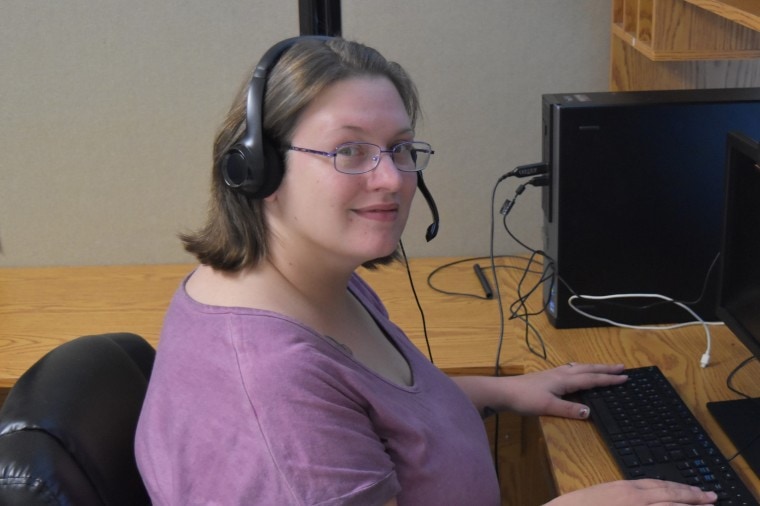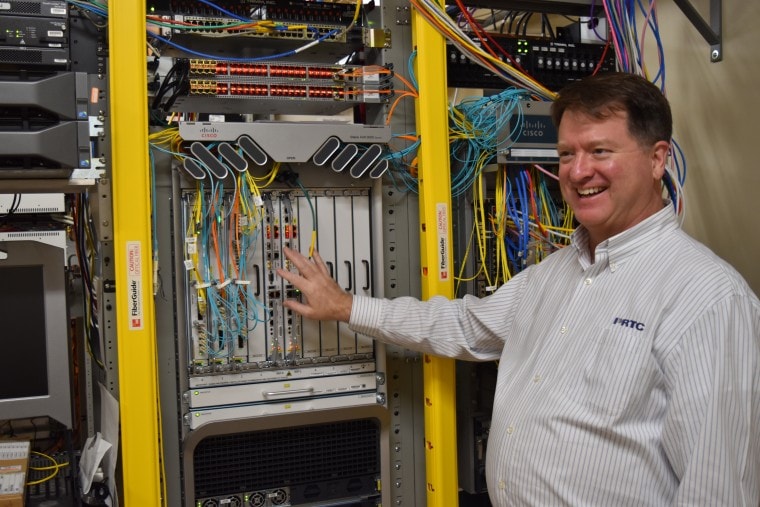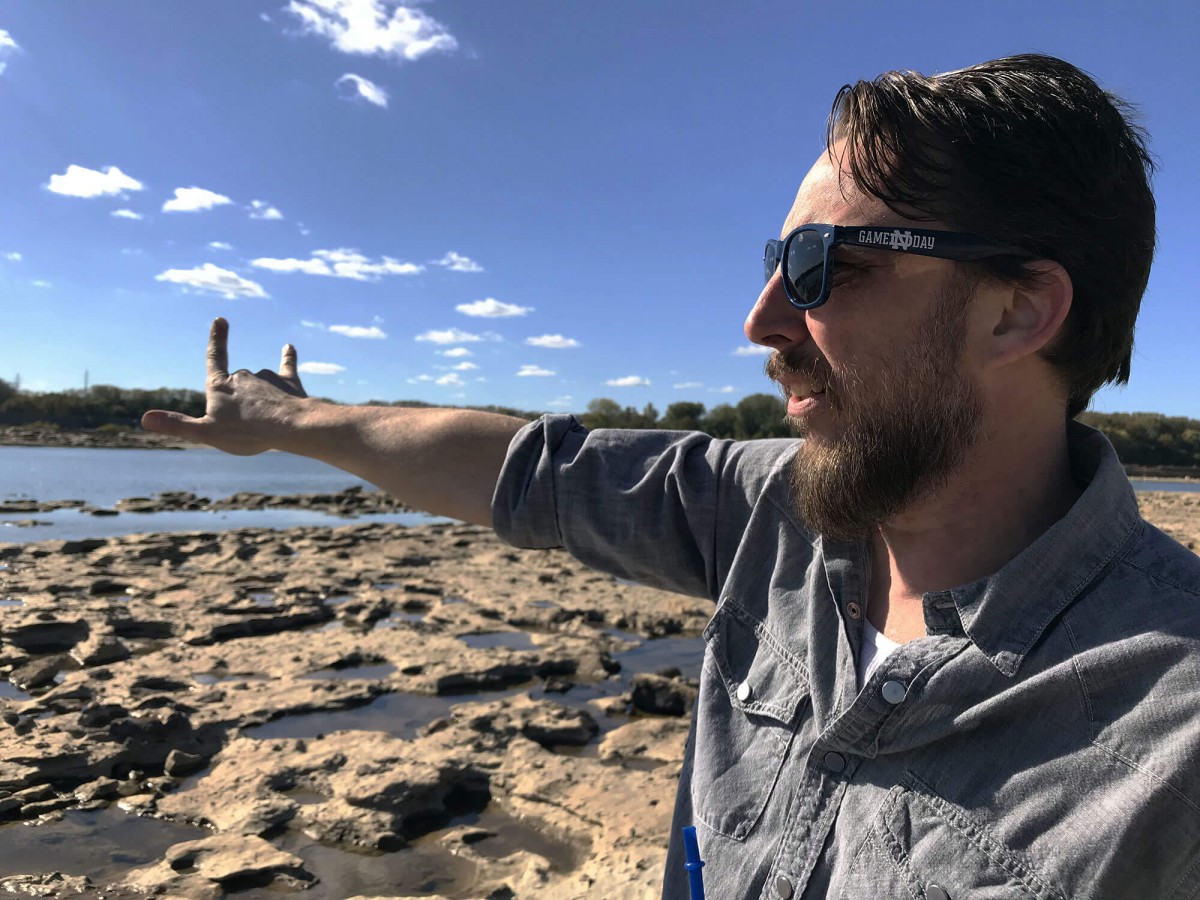After a $50 million investment in a fiber-to-the-home network, two Eastern Kentucky counties are starting to reap benefits, according to local leaders.
To find the fastest internet in the Commonwealth of Kentucky, bypass the big cities of Louisville and Lexington and head east to McKee, the home ground of People’s Rural Telephone Cooperative. Its service area of Jackson and Owsley counties were the first in the state to have gigabyte broadband speeds in 2014. They are also two of the poorest counties in the country, with median household incomes below half of the national rate. The extensive fiber network is having a big impact on life in this part of eastern Kentucky.
PRTC is one of the crop of telephone cooperatives that sprang up in the 1950s when rural communities banded together to get phone service. Five years ago, they completed a big gamble on technology by connecting every home and business in the service area with a state-of-the-art fiber network. It required laying 1,000 miles of fiber over mountains and across creeks with only six customers per mile.

PRTC invested its own earnings and capital into the project and got support from grants and loans through USDA Rural Utilities Service and the 2009 American Recovery and Reinvestment Act. The complete project cost about $50 million.
It is a gamble that has paid off. Residents are harnessing the power of the network to improve their lives by accessing well-paying jobs, opening new educational doors, and virtually visiting their doctors for health consultations.
PRTC CEO Keith Gabbard is a life-long resident of Jackson County. When he reflects on the decision PRTC made to build the fiber connection in 2008, he says, “This network has brought much more than we realized.”
Economic Development
The biggest impact of the fiber network has been in the area that was most needed – job creation and economic development.
The counties’ economy has been hard hit in recent years. In 2005, a factory fire in the Jackson County industrial park in Annville eliminated 700 jobs. “Our economy fell off of a cliff,” says County Judge Executive Shane Gabbard (no relation to Keith). In 2014, another factory in the small town closed and eliminated 200 jobs. Those were big hits in Jackson and Owsley counties, which have a combined population of only 18,000 residents.
One new employment opportunity in the county is Teleworks USA, a non-profit established through Eastern Kentucky Concentrated Employment Program, the region’s federally supported workforce development agency. Teleworks trains and places employees at work-at-home jobs. These are not your mother’s work-at-home jobs. The full-time positions with benefits begin at $12/hour and bump up fast, with trainers at some companies earning $22/hour. Employees take reservations for Hilton and U-Haul or thank charity donors for their gifts.
“I am amazed at the variety of work available on-line,” says Betty Hays, Teleworks Operations Manager.
Hays has developed strong working relationships with many companies that outsource for major brands. Teleworks job fairs are really job offer sessions, Hays said. Hiring companies trust that Teleworks graduates are well-prepared for work. Most are pleased to work with PRTC customers, though one potential company has refused to trust a small, unknown internet provider, according to Hays.
Teleworks has established an impressive track record. In its first five years in Jackson and Owsley counties, 950 clients gained employment, earning a total of $20 million in new wages for the period. The Jackson County unemployment dropped by half during those years (from 11.5% to 5.4%), according to the Kentucky Center for Statistics. The unemployment rate improved more quickly than the state overall and had the biggest improvement in six contiguous counties.
Of the nine Telework hubs in Eastern Kentucky, Jackson County’s placed 200 more workers than the next best-performing hub. Hays said broadband is part of the reason.
“Teleworks is in Jackson County because of the broadband,” says Hays. Anyone in the PRTC network is guaranteed to pass the required internet speed test, unlike residents in some neighboring counties.

Terri Evans is one of the Jackson County residents who found a job through Teleworks. She was previously employed at a call center in neighboring Laurel County. She loves her new job and the extra family time she has because she no longer has a commute. She saves money on transportation expenses and earns $1 an hour more than her previous wage. “It pays better than near-by factories, and I talk with great customers,” she says.
In the last census, 55% of Jackson County residents stated they work outside of the county. Hays knows what the commuting life is like; in her previous employment she drove two hours a day. “I get a thrill every time I keep families together,” she says.
Besides work-at-home opportunities, a new call center has opened in Jackson County to capitalize on the broadband connection. They employ 160 people and have plans to expand soon.
There is also a rise in local entrepreneurs, with 20 Airbnbs now operating in Jackson County. “They are booked every weekend,” says Shane Gabbard. “The fiber service is crucial to their business.”
Education
While the state of Kentucky provides high-speed internet to all school district offices, each district is responsible for the connection to the schools. PRTC provides that for Jackson County Public Schools, opening up a world of educational opportunities.
Reading teacher Kayla Shearer uses the connection to have students speak with guests from around the country. When her students read about national parks, they spoke with a park ranger who shared about his work at the Homestead National Monument of America in Nebraska. Rhonda Thompson, district technology coordinator for Jackson County Public Schools, ensures teachers like Shearer have the technology they need, like web cameras and projectors.
The gig certification of Jackson County has influenced the classes offered to students. Digital literacy and computer science are now components of the curriculum for all students grades K-12. This emphasis was chosen because of the county’s digital capability and the rise of tele jobs. Fifth graders begin learning coding, and high schoolers can choose a career pathway that teaches Java and other programming languages. One recent graduate is now majoring in gaming programming at Eastern Kentucky University.
Connectivity at home has helped the school district, too. Jackson County’s hilly terrain and road network mean the system has a lot of snow-day closures. On “non-traditional instruction days,” students get to their classwork on-line. According to district surveys, 85% of students have access to an internet connection at home and very few need the printed handouts provided by the district.
Thompson is considering Google Expeditions as her next technology offering. Using virtual reality gear, students can travel to educational places like the Egyptian pyramids. “Students here can visit all over the world, without leaving Jackson County,” she says. “That’s incredible.”
Health and Wellness
At a national rural health summit, Keith Gabbard began a partnership with the Veteran’s Administration. PRTC was seeking ways to put the fiber network to good use. The VA was seeking places with fast broadband to support their telemedicine programs. They jointly created a pilot public telehealth venue for veterans in Jackson County.
The result is called the virtual living room, a private space for veterans at the Jackson County Public Library. VA doctors in regional clinics set up the appointments with the librarian, and patients have a private room to connect with their doctors. Opened in 2017, the virtual living room is the first telehealth service the VA offered outside its own facilities, Keith Gabbard said.
“Some veterans are scared of technology,” says librarian Ashley Wagers. “We have several repeat customers that are really appreciative of this service.”
Population Retention and Growth
Judge Executive Shane Gabbard’s office is responsible for assigning Jackson County addresses for 911 service. Though the hard numbers won’t be available until after next year’s census, he anecdotally observes that the population is growing.

Part of this migration is urban people seeking a rural lifestyle, he said. The fiber network enables the county to be a new kind of bedroom community for on-line workers. This would be consistent with national findings, according to Oklahoma State University professor and rural broadband researcher Brian Whitacre. Rural areas with good broadband connectivity are seeing an influx of new residents, he said.
Installing broadband is only the first step in a rural high-speed revolution.
Adoption of the technology is crucial for its impact. Of the 7,800 homes in the PRTC network, 63% have broadband subscribed to broadband service. According to Whitacre, that makes Jackson and Owsley high-adopting counties, which improves the odds that broadband will have economic impact.
PRTC continues to expand its services and geographical reach to meet the need for technology in eastern Kentucky. Their fiber network has expanded into neighboring Clay and Lee counties as PRTC transitions from a telephone cooperative to a technology cooperative. Keith Gabbard says, with a touch of pride, “Jackson and Owsley counties haven’t had much that others envy. Now, we’ve got something other people want.”
This article was originally published by the Daily Yonder.
Kim Kobersmith is a freelance writer who lives in Berea, Kentucky.



